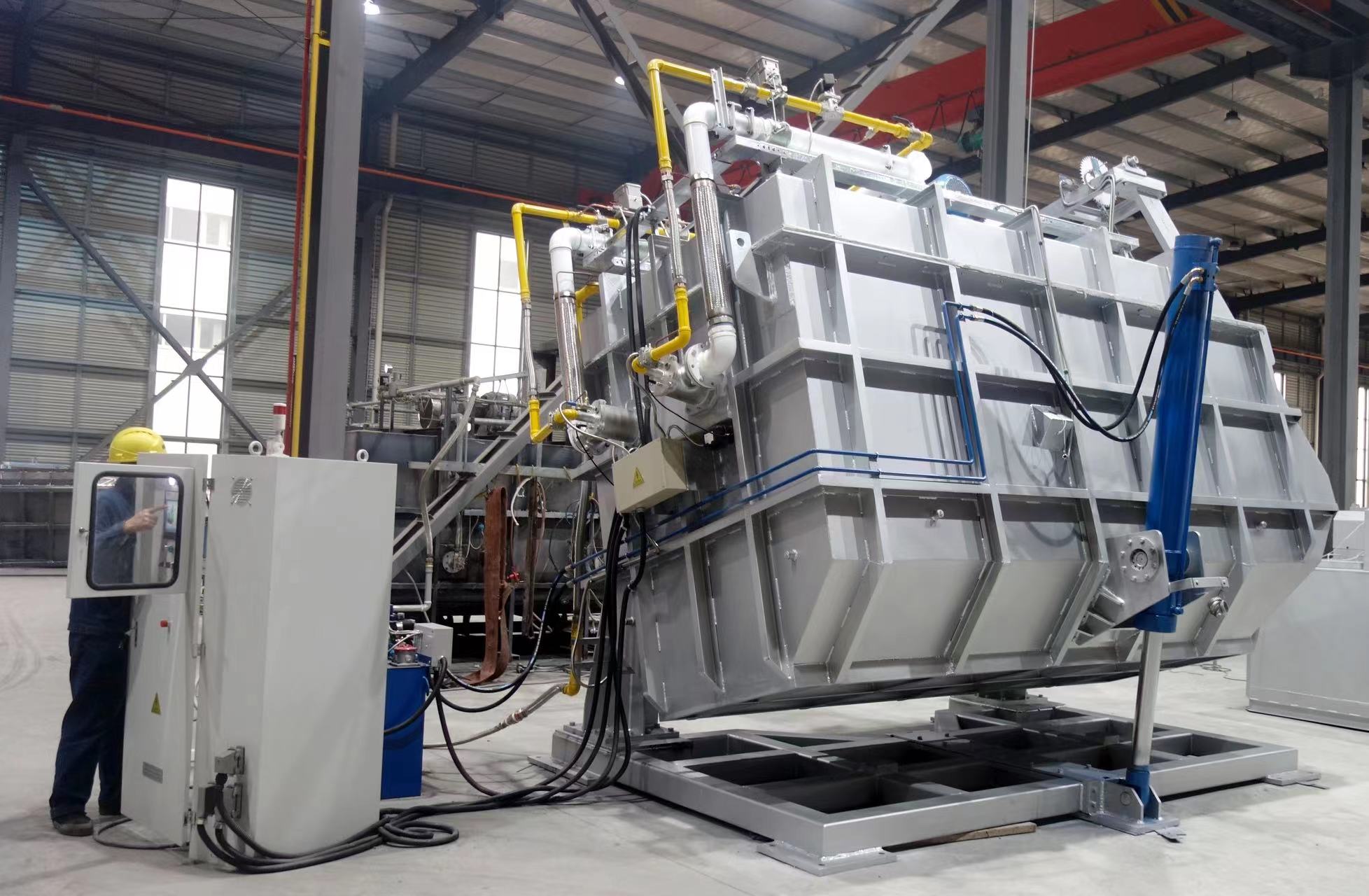NEWS&EVENTS
Home > News&Events > Company news > Improvement and optimization of copper solvent impurity removal technology
For tilting copper tilting melting furnaces, the raw material scrap copper presents the characteristics of many varieties, low copper content, high impurities and complex composition. Some impurities such as lead and tin are more than ten times higher than the design. Therefore, it is imperative to explore a impurity removal technology with high impurity removal efficiency, short slag making time and small loss of refractory materials.

Because most of the impurity metals in the copper scrap entering the furnace are easy to form di- and ternary low-melting-point compounds, the type of copper solvent is improved from single quartz to lime and soda for removing arsenic and antimony, which is conducive to removing zinc and tin from coke and removing nickel from pig iron, and the amount of lime added is reasonably controlled, and the slag type is changed from alkaline slag to neutral slag.
The new slag selection solvent currently developed on the market has a good effect on treating low-grade copper scrap, which can improve the removal capacity and slag making efficiency, and improve the technical level of tilting furnace copper scrap smelting. In order to strengthen the control of the amount of solvent added to the mixed copper smelting, we can start from the quality requirements of the mixed copper smelting products and the maintenance of the furnace conditions, improve the calculation formula of the amount of lime, quartz and copper solvent added in the mixed copper smelting, broaden the adaptability of raw materials, and improve the maintenance level of refractory materials. According to the operating characteristics of the tilting furnace, the time and method of adding slag solvents are continuously improved and optimized, such as lime is proportioned according to the amount of copper solvent added, and it is evenly added in the first half of the charging operation; quartz is evenly added with the raw materials entering the furnace; coke is added according to the arsenic content of the material in the early stage of charging; pig iron is evenly added in the late stage of oxidation; copper solvent is added while adding low-grade, high-arsenic, and high-antimony mixed copper, and the copper solvent is dispersed in each bucket of material as much as possible, which can greatly improve its use efficiency, avoid contact with the furnace lining, minimize its impact on the furnace lining, greatly increase the impurity removal capacity, and the chemical level of anode copper is steadily rising. Therefore, the composition and proportion of the materials entering the tilting furnace, the selection of slag-making solvents, the method and timing of addition are the key factors that determine the operation time and output of the tilting furnace.